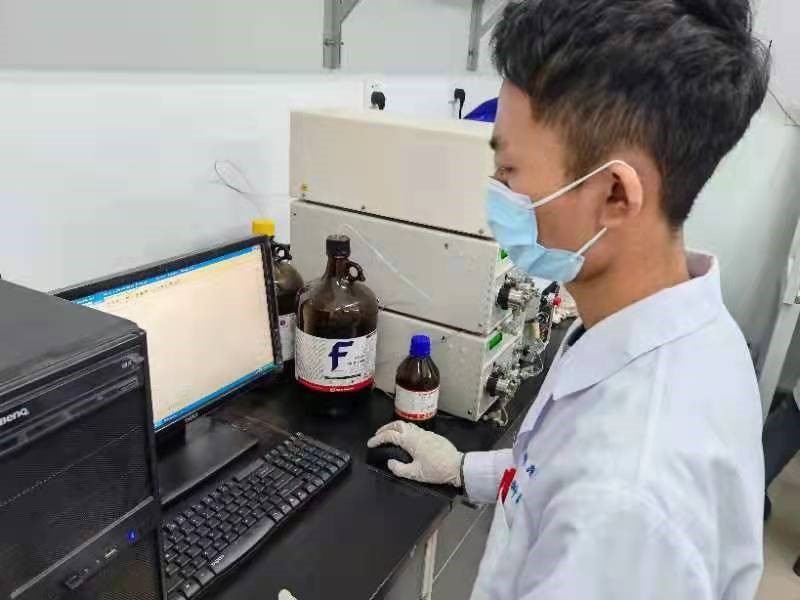Overview
Coming together is a beginning; Keeping together is progress; Working together is success. The above quote is attributed to Henry Ford and is also what we believe. This year we chose 2021 BNUZ-China to be our partner and we had adequate communication with each other. During our full and pleasant cooperation, we stablished our common goals, promoted each other’s projects and enhanced our friendship.
Common goals
1. Develop practical models
2. Promote communication with the public
3. Facilitate cooperation in different fields of biological research
4. Exchange experiences of experiments
Stage 1: Brain Storming
What did we do?
In this stage, we kept a high frequency of communication, at least once a week.We frequently interacted with the 2021 iGEM BNUZ-China team on these meetings to share the inspiration of interest and potential development we recently discovered.We also advised 2021 iGEM BNUZ-China team to solve the problem from the perspective of chronic kidney disease and intestinal.
What we learn from it?
1. We gained more inspiration for our project. Once a teammate from 2021 iGEM BNUZ-China team
shared her own family’s experience of chronic kidney disease and expressed her hope to develop
the treatment of chronic kidney.
2. We also had several heated discussions for the possibility of the inspiration they offered .
3. After the initial determination of the project, BNU-China's mentor, Prof. Zhu Xudong
came to Zhuhai campus to have an in-depth offline communication with 2021 iGEM BNUZ-China team.
He gave them several suggestions to improve their project.

Figure 1 BNU-China instructors communication
Stage 2: Experiment Design
What did we do?
1. We had many discussions on synthetic biology education. Especially ,We had an in-depth
exchange on making some effective changes for broadcasting synthetic biology education in China.

Figure 2 BNU-China and BNUZ-China conduct online meetup
2. Since it was the first time for BNUZ-China to establish a team to participate in iGEM, the modelling group encountered a lot of difficulties in the beginning the project, such as vague modelling ideas, unclear model parameters, etc. To response to this, we provided online guidance to the BNUZ-China modelling group, exchanging our project and modelling ideas. We also provided them with many practical modelling tips, including but not limited to: selection of model parameters, sensitivity analysis, etc. Based on this, we provided related advice about the modelling ideas of the group induction part of the BNUZ-China project and collaborated to complete Model 2 (group induction model).
What we learn from it?
1. Cause our team's experimental data was not enough to support the direct validation of the model, the modelling progress was affected. We had several communication with BNUZ-China modelling group, which widened our thought and helped us to successfully complete the establishment of the population induction model.

Figure 3 What we learned from our exchange with BNUZ-China on modelling
2. We improved our pathway to a more concise one, accelerating our progress as well as improving our accuracy.
Stage 3: Laboratory
What did we do?
1. Since the laboratory of the 2021 iGEM BNUZ-China team is BSLI graded which is unable to operate BSLII strains, we helped them solve this problem by extracting the genomes of the bacteria in our BSLII laboratory.

Figure 4 The BNU-China team is helping the BNUZ-China team to extract the genome
2. The 2021 iGEM BNUZ-China team needed to detect the presence of heteroxin in their fermentation broth by high performance liquid chromatography (HPLC) when verifying the heteroxin metabolic pathway. Cause the current conditions in their laboratory,they failed to perform this experiment.By giving a hand, we helped them to perform the experiments related to HPLC .

Figure 5 BNU-China team helping BNUZ-China team with liquid chromatography experiments
3. We also had several discussions about running glue tailings, the use of Gibson kits, etc.
What we learn from it?
1. Once,2021 iGEM BNUZ-China team shared an experimental failure: we cannot use the same promoters and terminators during homologous reorganization - which is important to us. Thanks for them, we optimized in a timely manner, saving a lot of time and effort.
2. Since we often have negatives when ligating with Gibson kit,BNUZ-China team has performed more related experiments, so that a few relevant suggestions are given.
A. We should increase the time of enzymatic digestion, so that the plasmid is linearized more
completely.
B. Do not add control to the gel electrophoresis, and replace the TAE buffer with a new one
before each electrophoresis.
C. Make sure to clean the cutter and the cutter table in advance when cutting the gel.
3. In the middle of the experiment, after a change of nucleic acid dyes, we found that the DNA marker was always trailing during the gel electrophoresis experiment. BNUZ-China team members pointed out that this might be caused by the mismatch between the nucleic acid dyes and the marker, so we changed the dyes in time and achieved better results.

Figure 6 Gel electrophoresis spectra before and after the marker change, after the change on the left, before the change on the right
Education
In collaboration with the five universities including BNUZ-China, BUCT, SZU-China and HAZU-China, we conducted scientific lectures with the theme of synthetic biology to popularize the public with scientific knowledge related to synthetic biology and genetic engineering.

Figure 5 The BNU-China team introduces synthetic biology and life in a popular science lecture
The lecture received a lot of positive feedback, with many participants reporting that they gained a lot,which changed many of their preconceptions about genetic engineering, and realized the wonders of synthetic biology. In the event we realized that we could indeed make our own contribution to biological science of China.

Figure 9 Science lecture scene.







